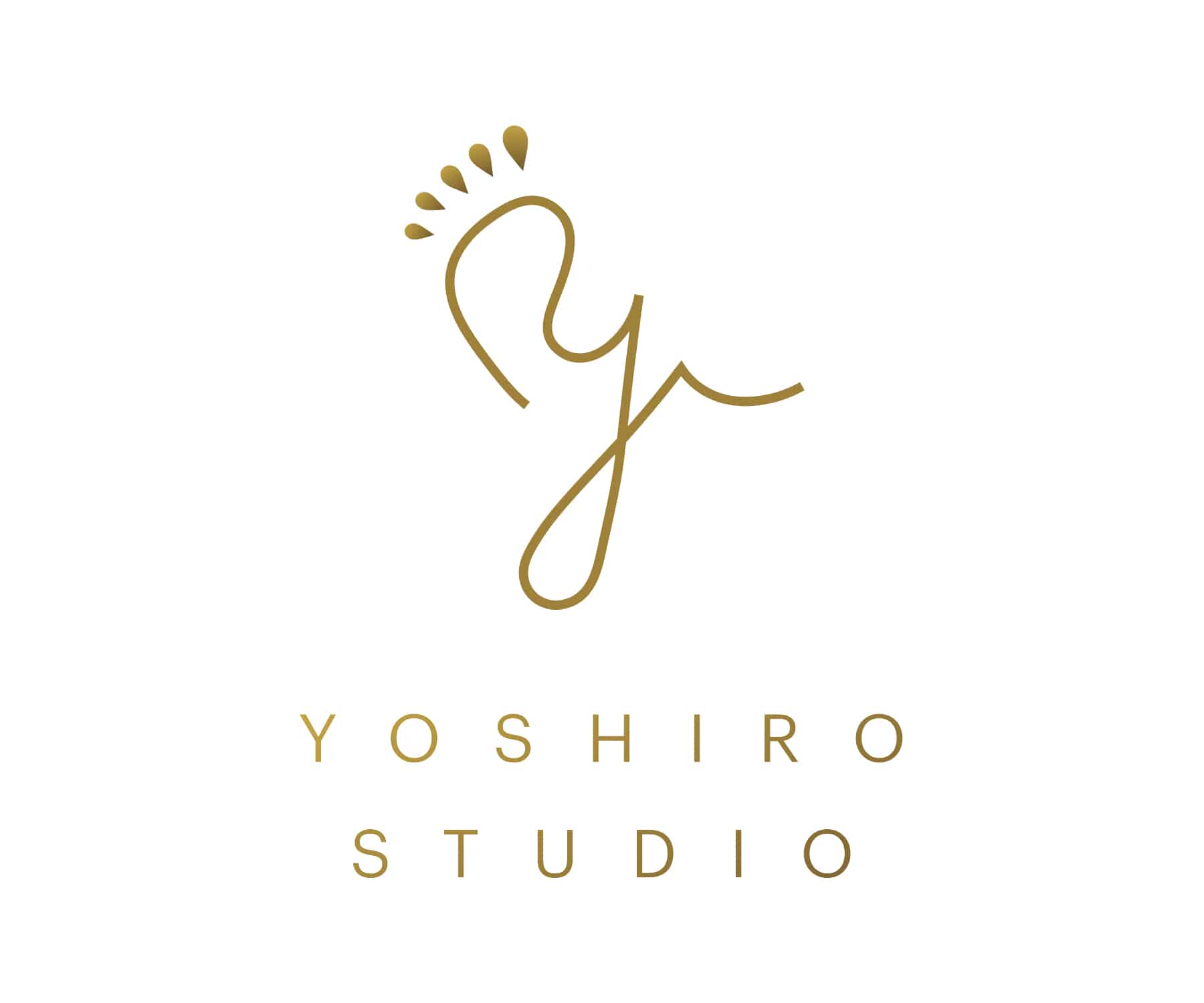NEVER GIVE UP —— あきらめない人にだけ見えてくる“もう一歩”
脳卒中の後遺症として、片麻痺や歩行障害に悩まされる方は少なくありません。
「もう歩けないかもしれない」「一生このままかも」——そうした不安を抱えながらも、希望を捨てずに向き合う人たちがいます。
本記事では、足指からアプローチするリハビリを通じて、少しずつ変化を感じ始めた方々の声を紹介します。
「限界をつくるのは自分自身」。
たとえ麻痺があっても、歩く意志を持ち続けた人が、感覚や動きの回復に“傾向”が見られたケースも存在します。足裏の感覚がわずかに戻った、ふらつきが減った、日常生活でできることが増えた——。
ここでは、そうした改善の兆しを感じられた症例の一例をご紹介します。
※本記事は医療機関での治療や診断の代替を目的とするものではありません。紹介する取り組みは個人の体験に基づくものであり、効果を保証するものではありません。
※2025年現在、記事に記載の一部サポート・サービスは提供を終了しております。
寝たきり生活から杖歩行へ──“足元からの再挑戦”に見えた光
80代・右片麻痺の方のケース
80歳で脳卒中を発症し、右半身が完全麻痺した私は、病院から「車椅子生活が続くだろう」と言われ、寝たきりの生活を覚悟していました。日常のあらゆる場面で介助が必要になり、自分で身体を動かすことすら困難だったのです。
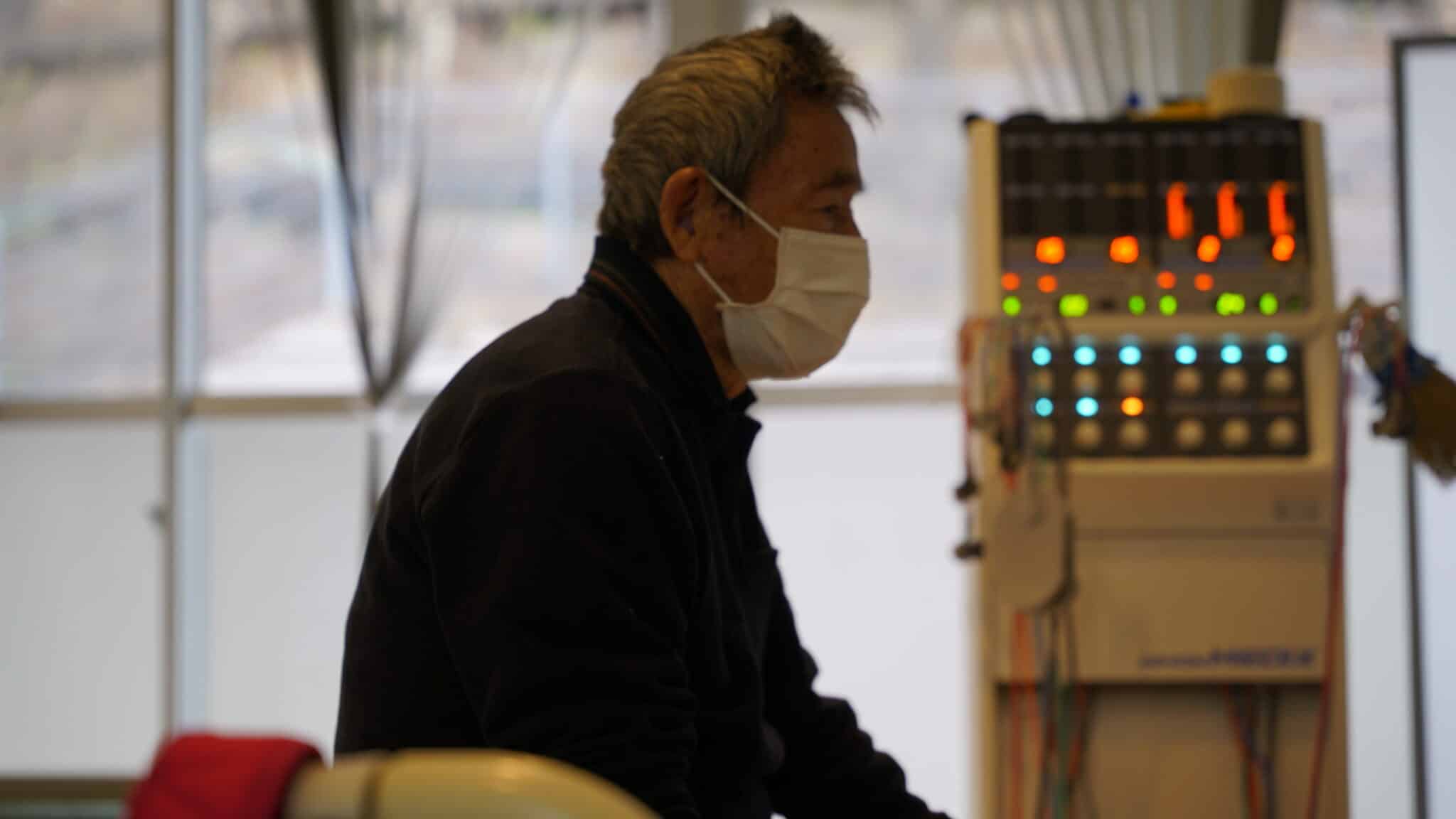
そんな中、ケアマネージャーの紹介で出会った理学療法士の湯浅先生は、「構造から立て直すリハビリ」の提案をしてくれました。
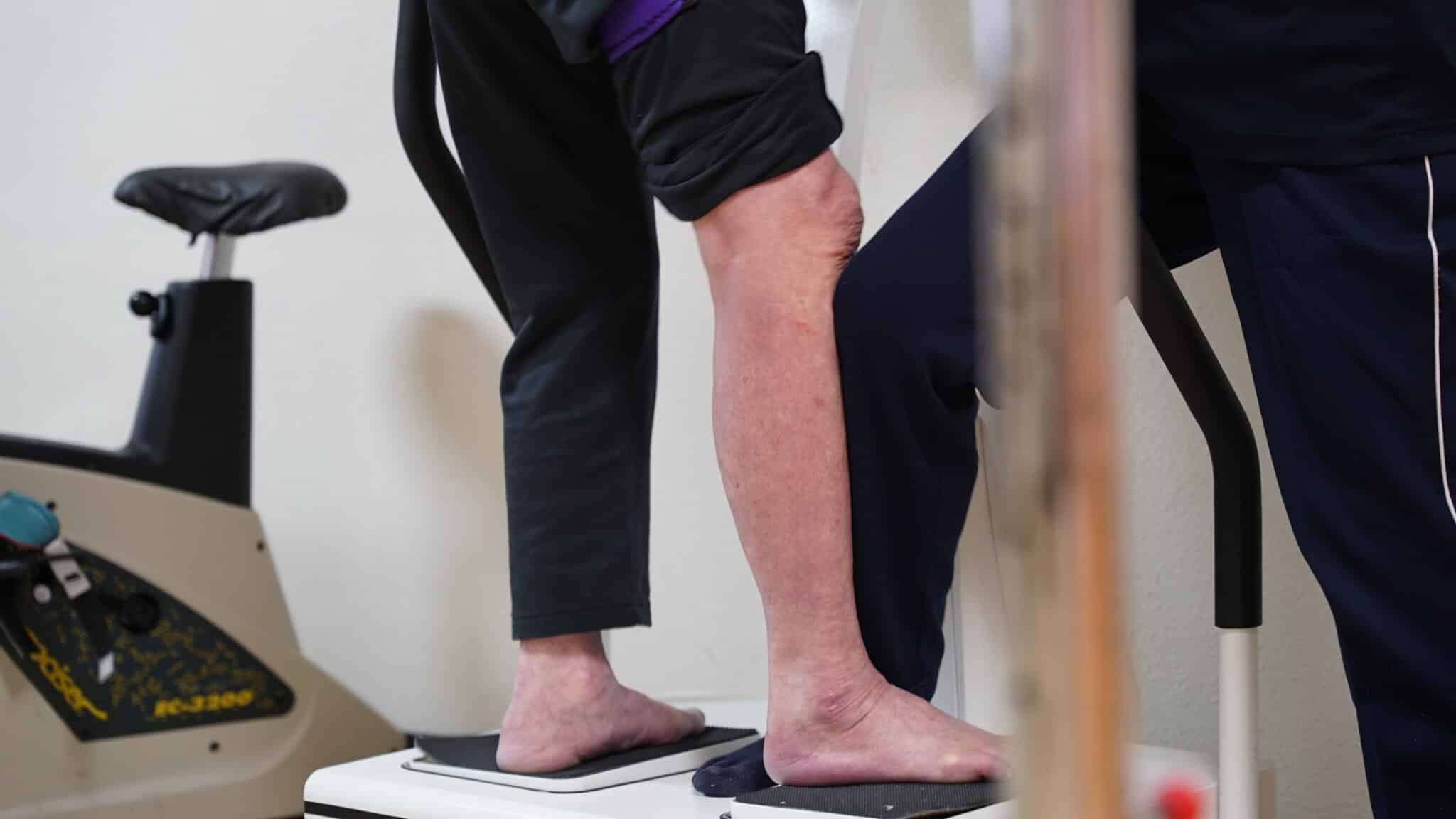
最初は手も足もまったく動かず、生活全般が不自由な状態でしたが、1ヶ月ほど続けたリハビリのなかで、少しずつ自分の意志で足が動く感覚が芽生えはじめました。やがて起き上がる・寝返る・座る・立ち上がるなどの動作が可能になり、トイレや着替えも介助なしで行えるようになっていったのです。
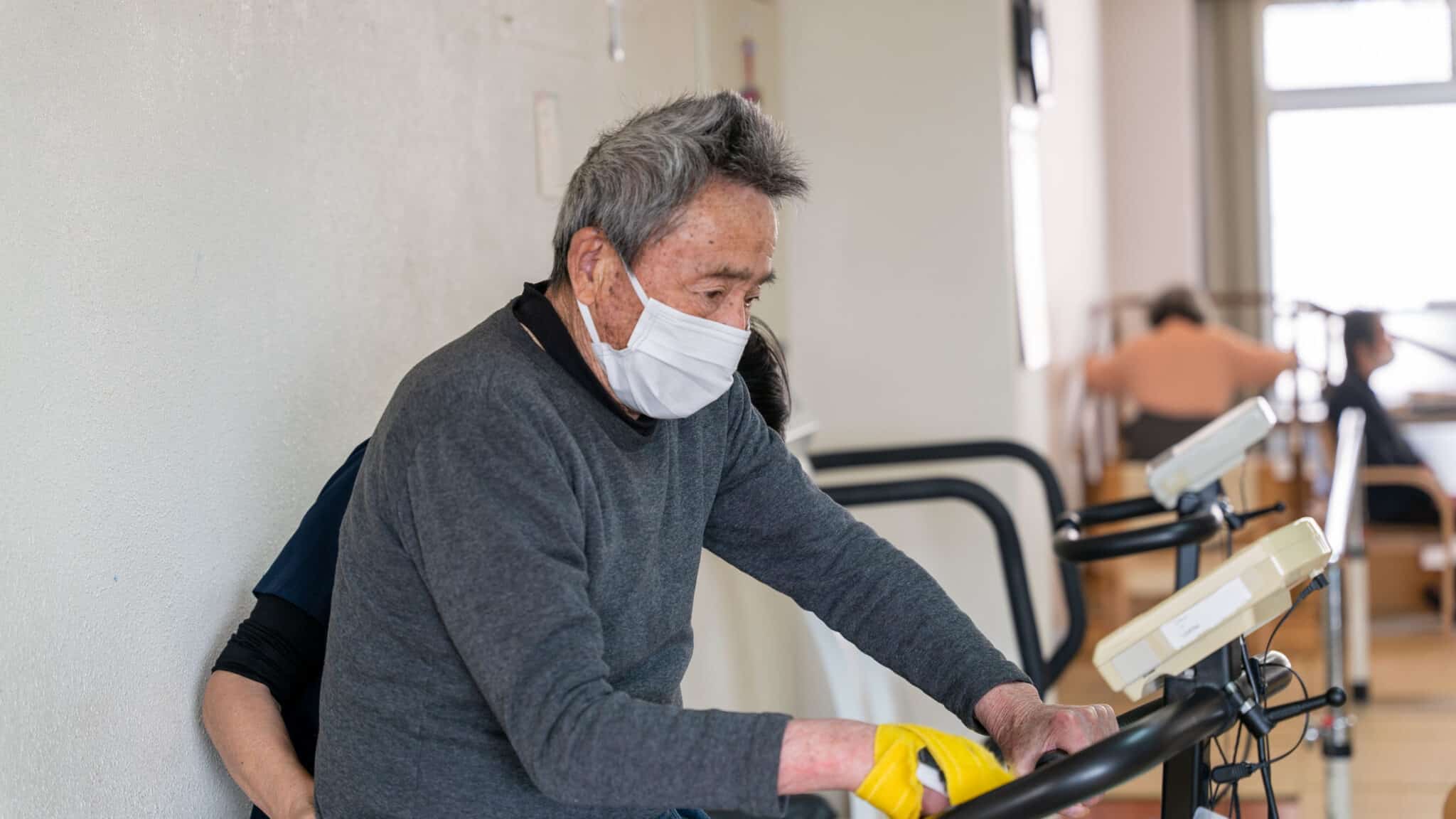
最も驚いたのは、装具なしで杖を使って一人で歩けるようになったことでした。家族も私自身も、その回復に驚きを隠せませんでした。現在は、自分の意志で動ける日常を取り戻し、暮らしを楽しめるようになっています。

※本体験は個人の経過であり、すべての方に同様の効果を保証するものではありません。症状の程度や個人差により異なります。
脳卒中による完全麻痺から「生活の自立」へ
70代・左下肢麻痺・要介護4の方のケース
私は脳梗塞の後遺症で左下肢が完全に麻痺し、要介護4と診断されていました。寝返りも起き上がりも難しく、ほとんどをベッドの上で過ごしていた日々。ケアマネージャーを通じて湯浅先生の指導を受けることになり、週1回の訪問リハビリが始まりました。

最初は厳しく感じたその訓練も、先生の温かい声かけと、丁寧な導きがあったからこそ、続けることができました。次第に寝返りができるようになり、腰の支えを借りずに座れるように。立ち上がりや移乗も自力で行えるようになり、最終的には杖歩行が可能になったのです。
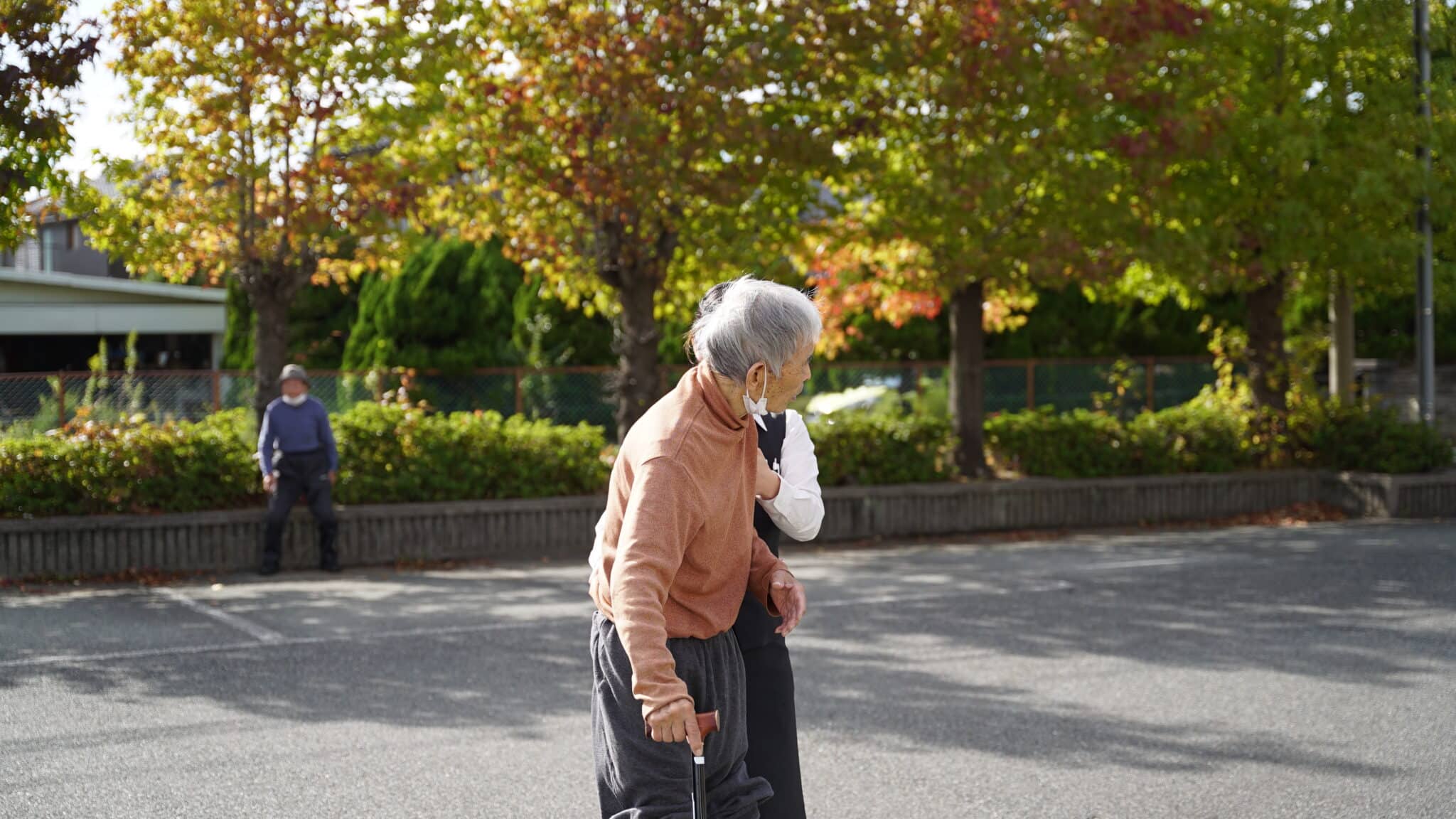
今では、床での生活やトイレの自立も実現しています。「自分の力で動ける」ことの喜びを、あらためて噛みしめています。
※この体験談は個人の回復過程を記録したものであり、回復には個人差があります。すべての方に同様の成果を保証するものではありません。
脳梗塞からの「自分の足での復活」──数歩の変化が人生を変えた
私は数年前に脳梗塞を発症し、それ以来、車椅子中心の生活を送っていました。医師からは「この状態が今後も続くだろう」と説明され、自分の未来に希望を抱くことが難しくなっていたのを覚えています。

そんなとき、友人がある理学療法士の名前を挙げてこう言いました。「少し遠くても、行ってみる価値はある。後悔しないから」と。
紹介されたのは湯浅慶朗先生。足と姿勢を重視した独自のリハビリスタイルを実践している方だと聞きました。通院には少し距離がありましたが、何かを変えるには挑戦が必要だと感じ、私はその扉を叩いてみることにしたのです。
初回リハビリの衝撃と、そこからの一歩
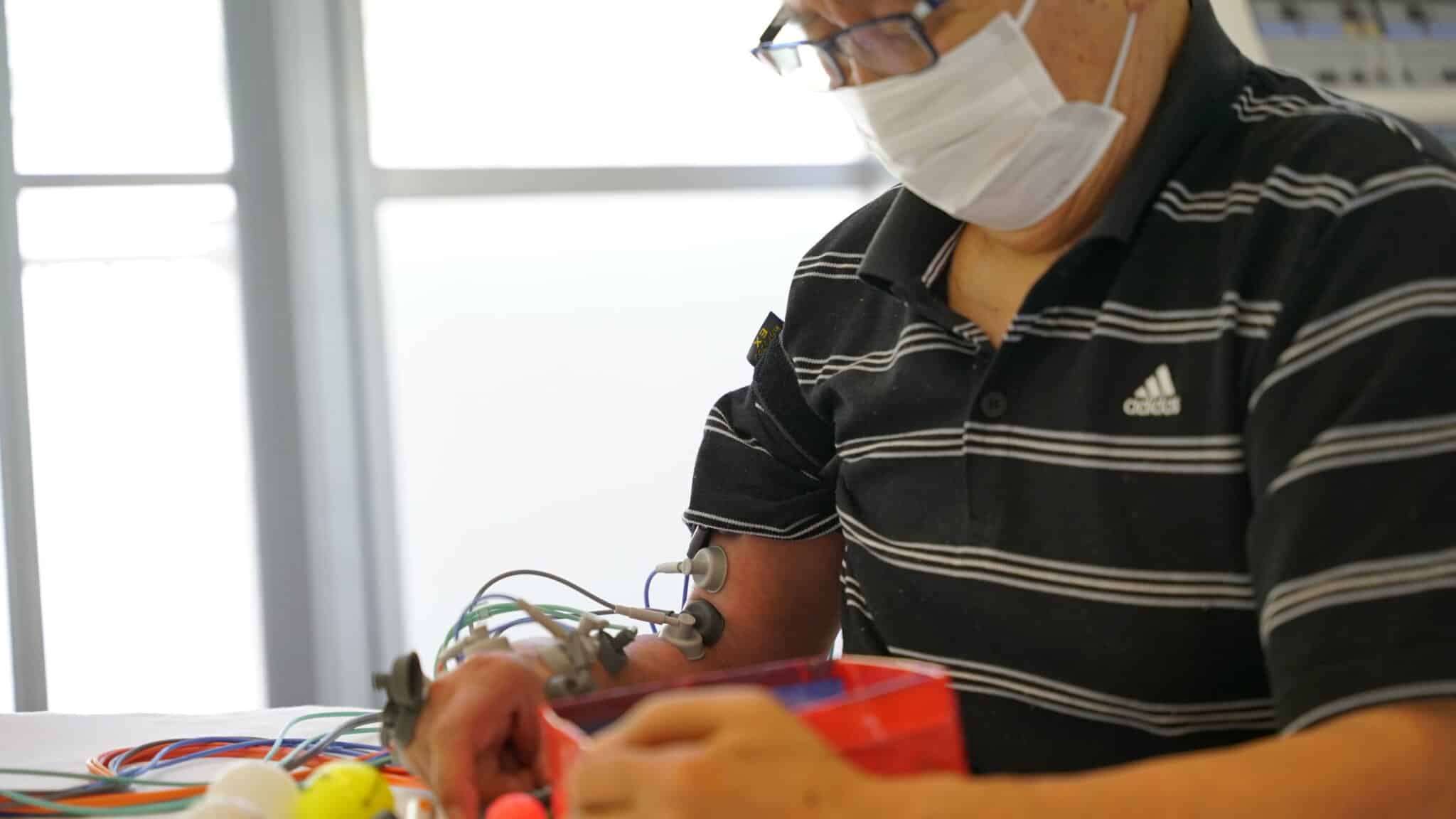
はじめて湯浅先生のもとを訪れたときのことは、今でも鮮明に覚えています。笑顔で迎えてくれた先生の雰囲気は、どこか安心感を与えてくれるものでした。実際のリハビリは想像以上にきつく、特に麻痺後の筋力低下や可動域制限の影響で、体を思うように動かせない苛立ちもありました。

それでも、湯浅先生は「少しずつ変化していますよ」「焦らなくて大丈夫」と声をかけてくれました。その言葉に背中を押され、私はリハビリを続ける決意を固めました。
数ヶ月後に見えた「歩行再獲得」の兆し
3ヶ月が過ぎたころでしょうか。少しずつ体に変化が表れてきました。立ち上がる際の体幹の安定感、歩行時の足の運びやすさ、段差への反応など、以前とは明らかに異なる“兆し”が見え始めたのです。
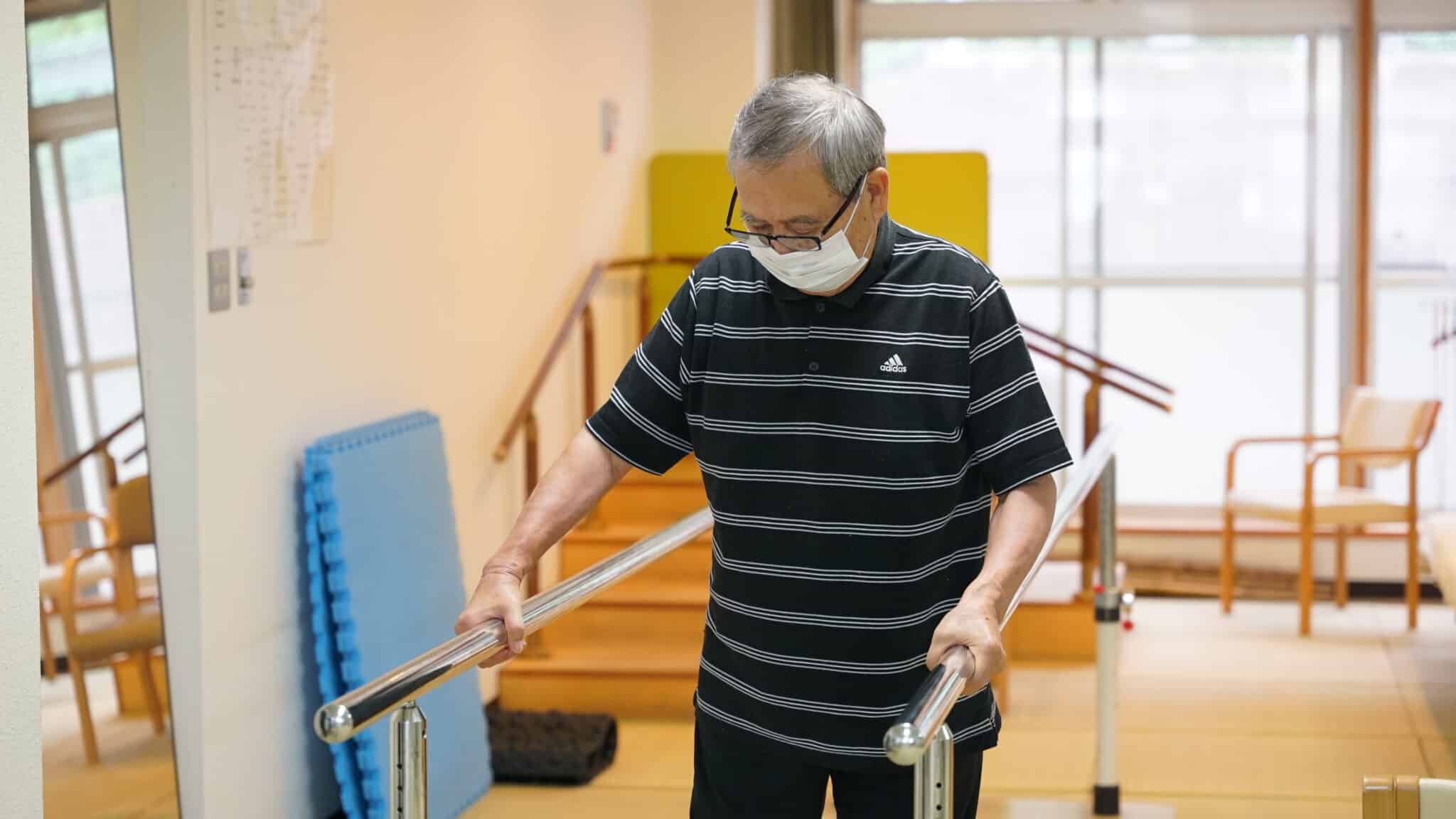
そしてある日、湯浅先生がこう言いました。
「今の状態なら、試しに歩いてみてもいいかもしれませんね」
そのときの私は、喜びよりも緊張が大きかったと思います。でも、先生の手を借りながら立ち上がり、数歩踏み出した瞬間、たしかに「自分の足で進んでいる」感覚があったのです。
リハビリ室を一周できたとき、言葉では言い表せない達成感がありました。
徐々に日常へ戻っていくという感覚

その後もリハビリを継続し、歩行能力は少しずつ向上。現在では、車椅子に頼らず、屋内外の移動を自力で行える時間が増えてきました。食事・排泄・更衣などの日常動作も、以前よりスムーズにこなせるようになっています。

私にとってこの経験は、「できない」と思い込んでいた自分の限界を見直すきっかけになりました。

※これは個人の回復事例です。リハビリの成果には個人差があります。症状や身体状況に応じて、医師や専門家へのご相談を推奨します。
一般的なリハビリと湯浅慶朗のアプローチの違い
一般的な脳卒中リハビリの方針とは?
現在、日本の多くの医療機関における脳卒中後のリハビリテーションは、「機能の完全回復」よりも「残存機能の活用」に重きを置いています。とくに発症後数ヶ月で機能回復が頭打ちになる“プラトー期”を迎えると、歩行再獲得や利き手の再教育といった“動かせない部分への挑戦”は行われにくくなる傾向があります。
この段階では、医療機関の方針として、
- 車椅子操作や移乗の訓練
- 片麻痺側をかばうための姿勢指導
- 日常生活動作(ADL)を補う動作訓練
といった「新しい生活への適応」に焦点を当てた支援が中心になります。
湯浅慶朗のリカバリーアプローチとは?
それに対し、私のリハビリテーションは「動かない部分の再教育」にこだわるアプローチです。これは、従来の回復限界説とは異なり、近年注目されている中枢神経系の可塑性(脳の再編成能力)に基づいた考え方に近いものです。
たとえば、以下のような原則に基づいて構成されます:
- 足部・足指から全身の運動連鎖を再構築
- 姿勢・重心・アーチの崩れを丁寧に修正
- 長期間かけて神経の「再教育」を試みる
- 「歩くこと」をあきらめずに粘り強く介入する
私自身が理学療法士として10万人以上の足と姿勢を診てきた経験から、「歩行再獲得」や「麻痺側の再活性化」には、足元から全身を見直す視点が欠かせないという信念を持っています。
「慢性期」でも諦めない環境を
私が立ち上げたリカバリー施設では、発症から数年が経過した慢性期の脳卒中患者も多数参加しており、「変化が見られた」とする体験が多く寄せられています。
- リハビリを受けるタイミングが遅くても
- 病院でのリハビリが終了していても
- 他の方法で変化が見られなかったとしても
私の方針は、「神経の再構築には期間の長短よりも、適切な刺激の継続が重要である可能性がある」という考えに基づいています。
※リハビリの成果には個人差があり、すべての方に効果が現れるわけではありません。症状に応じて医療機関での相談を推奨します。
【注意事項】
こちらの内容は、過去の提供事例や方針に基づく情報です。2025年現在、湯浅慶朗による個別対応・通所型リハビリ施設は提供を終了しています。最新情報は公式サイトまたはお知らせページをご確認ください。
